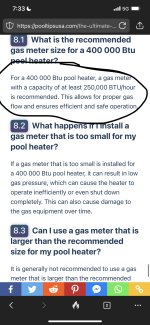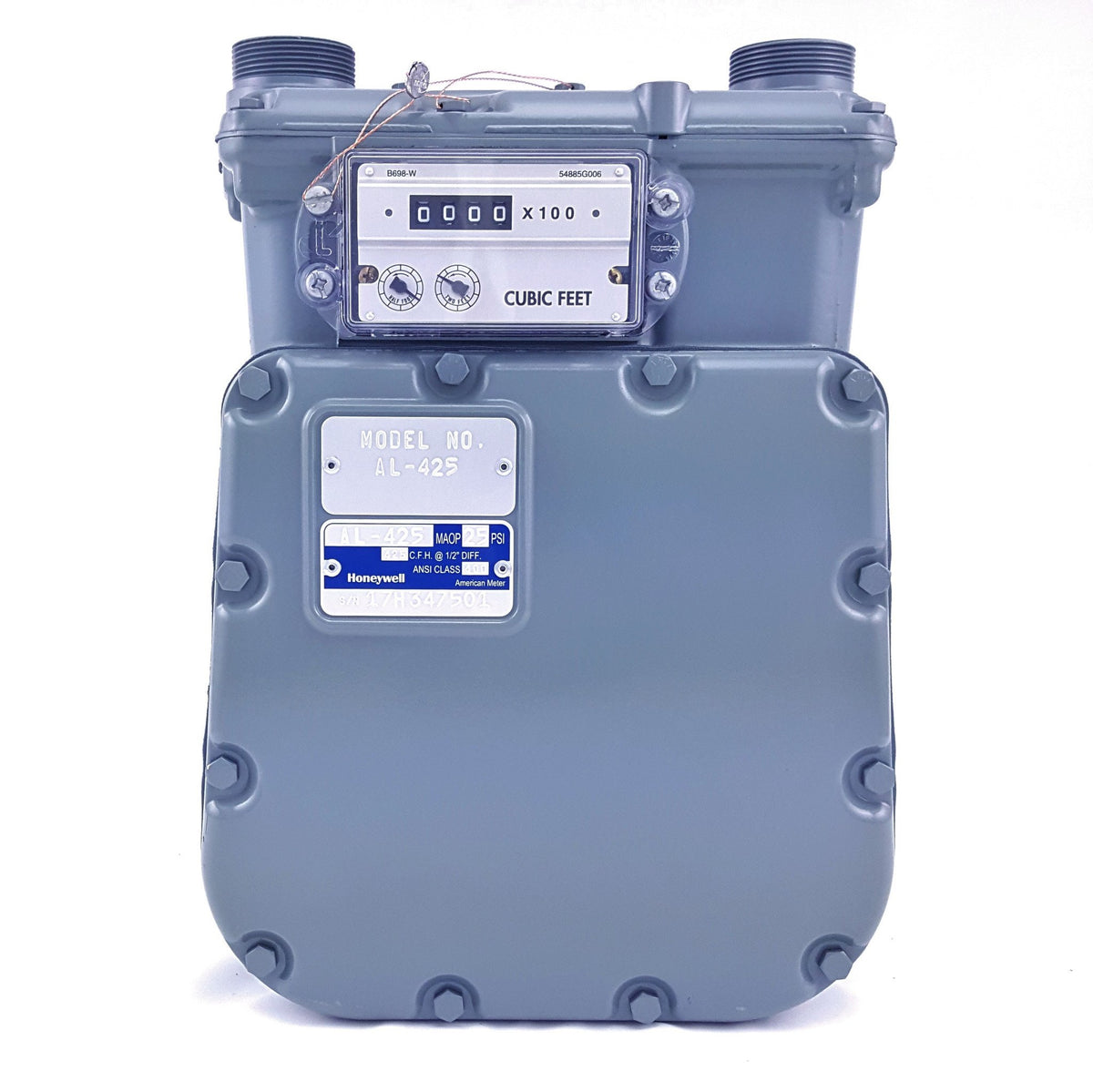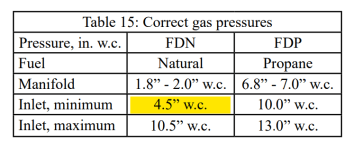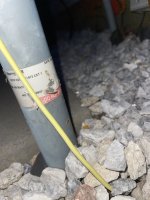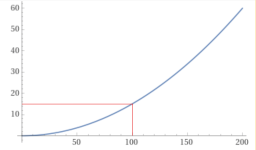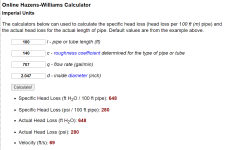Can you show the meter label?
A meter rating is not a hard limit.
The rating is a certified flow at a specific pressure drop.
In other words, the meter maker certifies that the meter will provide the cubic feet per hour of gas at a specific head loss or pressure drop.
A line pressure of 0.25 psi is 6.92 in WC (inches of water column).
If you allow 1/2" w.c of pressure drop, that delivers 425 Cubic feet per hour at 6.42" of w.c.
If you allow 2" w.c of pressure drop, that provides up to 898 cubic feet of gas at 4.92" w.c.
If the line coming out of the meter and going to the heater starts at 4.92" of w.c and there is a pressure drop of 0.5" w.c for the line, then the heater inlet goes to 4.45" w.c, which is below the heater minimum inlet pressure.
So, you need to know the line pressure and what pressure you want after the meter.
If the line pressure is higher, then the meter might be fine.
Ask the gas company what your line pressure is and verify with the meter manufacturer what capacity the meter can provide given the line pressure.
In any case, you need to check the gas pressure static and dynamic with maximum load to verify that the gas pressure is always in the correct range under all conditions.

acrobat.adobe.com
View attachment 533074
View attachment 533075
**IN STOCK!!!** Gas Meter: 425,000 BTU/hour A multipurpose diaphragm gas meter capable of gas loads up to 425 MBH (0.6 SG Gas @ 7" WC). Our standard stock configurations come with 1-1/4" connections. Product Description: The Honeywell American Meter AL425 is a diaphragm gas meter with an...
mcsmeters.com
View attachment 533078
View attachment 533081


